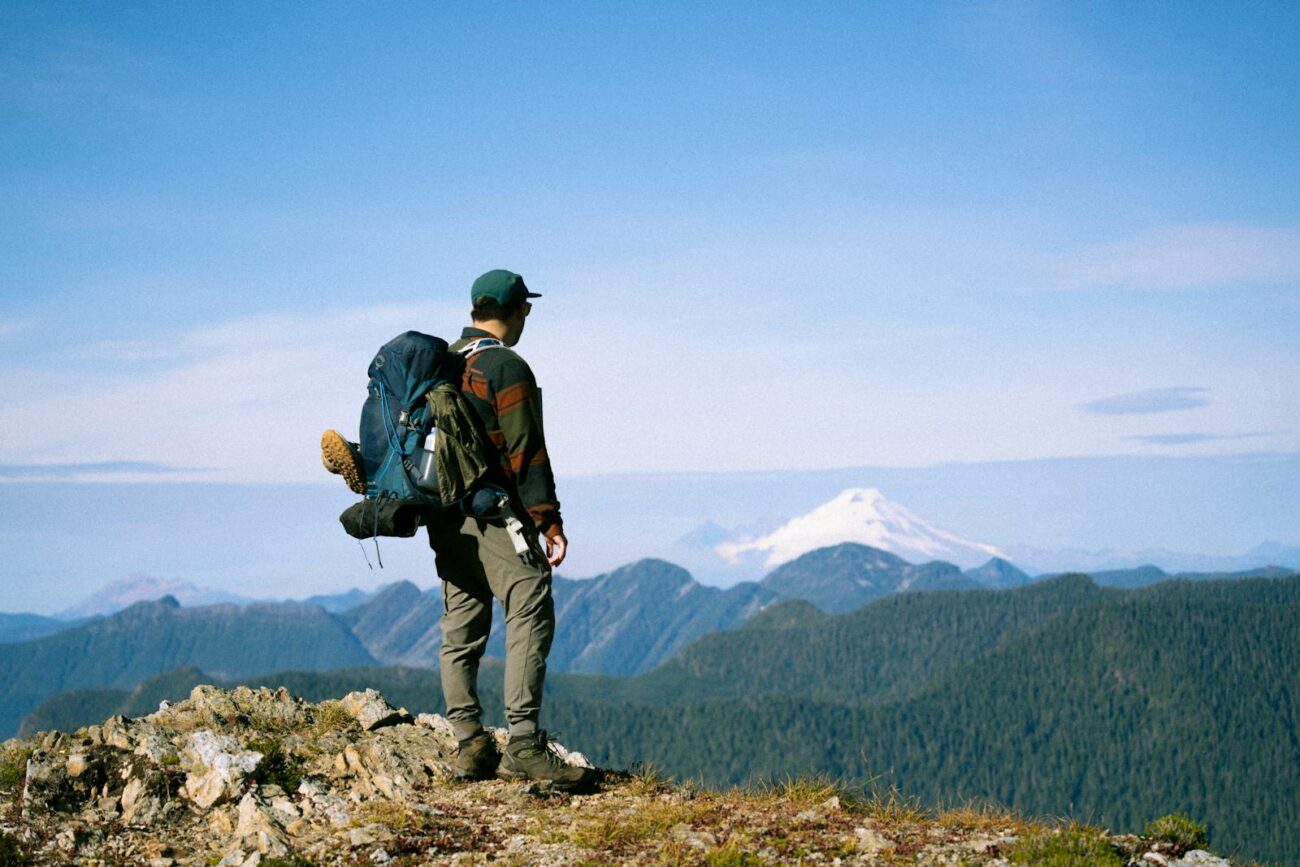The allure of international hiking is undeniable—pristine landscapes untouched by tourism, trails that wind through centuries of history, and the unique perspective that comes from exploring a country on foot. Yet planning your first overseas hiking adventure can feel overwhelming, with considerations ranging from permits and language barriers to gear requirements and cultural norms. The good news? With methodical planning and the right mindset, your international hiking debut can be both seamless and transformative. This comprehensive guide will walk you through every crucial step, helping you navigate the complexities while keeping the focus on what matters most—the incredible journey that awaits.
Understanding Why International Hiking Differs from Domestic Treks

International hiking introduces variables that simply don’t exist when hiking in your home country. Beyond the obvious language and cultural differences, you’ll encounter unfamiliar trail marking systems, different approaches to conservation, and varying expectations regarding hiker etiquette. In many European countries, for instance, trails often connect villages and include sections that pass through working farms or private property—a rarity in countries like the United States with its vast public lands. Weather patterns and seasonal considerations also vary dramatically; what constitutes “hiking season” in the Andes differs completely from the optimal hiking window in the Norwegian fjords. Perhaps most importantly, access to emergency services and the protocols for getting help differ significantly across borders, requiring additional preparation and awareness.
Selecting Your Destination: Balancing Ambition with Practicality
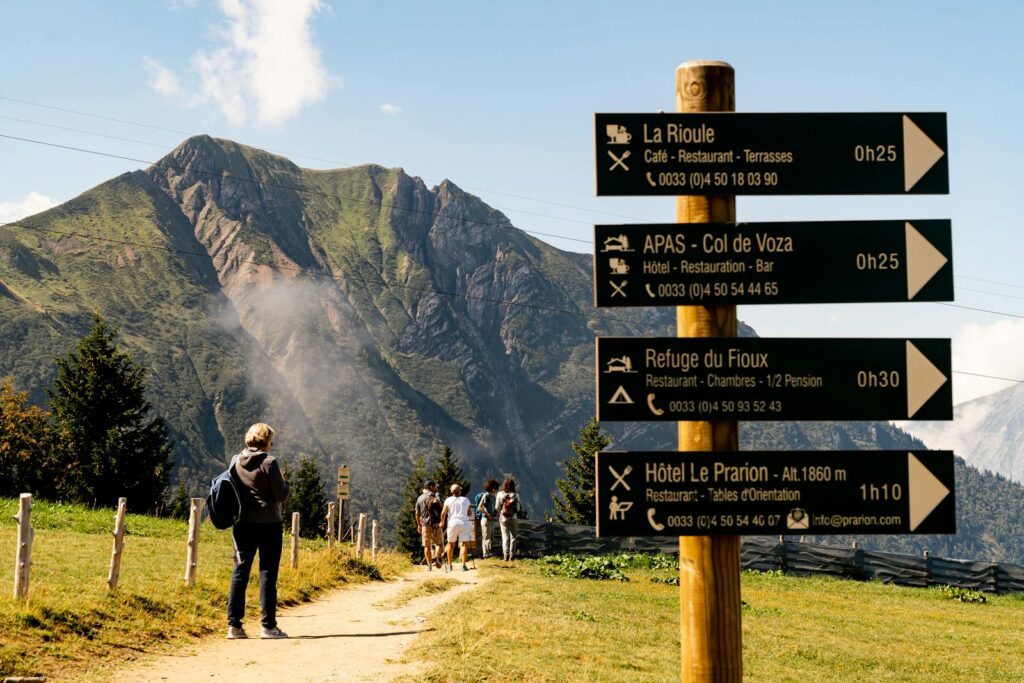
While iconic trails like the Tour du Mont Blanc or the Inca Trail might top your bucket list, critically assess whether they’re appropriate for your first international experience. Consider destinations where language barriers are manageable, infrastructure is reliable, and trail information is abundant in English. Countries like New Zealand, Ireland, and Switzerland offer spectacular hiking with well-established trails, clear signage, and robust support systems for international visitors. Climate should factor heavily into your decision; choose a destination whose typical weather aligns with your comfort zone and experience level. Also weigh political stability and safety considerations—the U.S. State Department website offers current travel advisories that can inform your decision. Remember that your first international hiking trip serves as a foundation for future adventures, so prioritize successful experiences over maximum challenge.
Timing Your Trip: Navigating Seasons and Crowds

The ideal hiking window varies dramatically depending on your destination, and mistiming your trip can mean facing closed trails, dangerous conditions, or overwhelming crowds. Research not just the high season but the “shoulder seasons”—those weeks just before or after peak times when conditions may still be favorable but crowds have thinned. For instance, September offers glorious hiking in the European Alps with reduced crowds compared to August, while May is often perfect for Mediterranean coastal trails before summer heat intensifies. Be aware that some popular trails implement quota systems during high season, requiring advance booking months ahead. Weather patterns are also changing globally—traditional hiking seasons may shift, and extreme weather events are becoming more common. Build flexibility into your itinerary when possible, with backup plans for weather disruptions.
Setting a Realistic Budget: The True Cost of International Hiking

International hiking trips typically cost significantly more than comparable domestic adventures, with expenses that might not be immediately obvious. Beyond flights and accommodations, budget for train connections, local transportation to trailheads, and potentially higher costs for trail permits in popular destinations. Equipment considerations also affect your budget—will you need to purchase specific gear for different conditions, or will you need to pay excess baggage fees to transport your hiking equipment? Food costs vary dramatically between countries, and in remote areas, you may have limited options requiring you to pay premium prices. Create a comprehensive budget that includes a substantial contingency fund—approximately 20% of your total—for unexpected situations like emergency transportation, medical care, or having to extend your stay due to weather or trail closures. Remember that currency exchange rates can fluctuate before your trip, potentially affecting your purchasing power.
Documentation and Legal Requirements: Beyond Just a Passport

The paperwork required for international hiking often extends beyond standard tourist preparations. Research visa requirements well in advance, as processing times can take months for certain countries. Some popular hiking destinations require special permits with limited availability—the classic Inca Trail to Machu Picchu, for example, can sell out a year in advance. Travel insurance is non-negotiable for international hiking, but standard policies may not cover adventure activities or high-altitude trekking; look specifically for policies that include emergency evacuation coverage and explicitly cover hiking at your planned elevations. Carry digital and physical copies of all critical documents, including your passport, visa, permits, insurance information, and emergency contacts. Consider registering your trip with your country’s embassy through programs like the U.S. Smart Traveler Enrollment Program (STEP), which facilitates communication in case of emergency.
Physical Preparation: Training for Unfamiliar Terrain
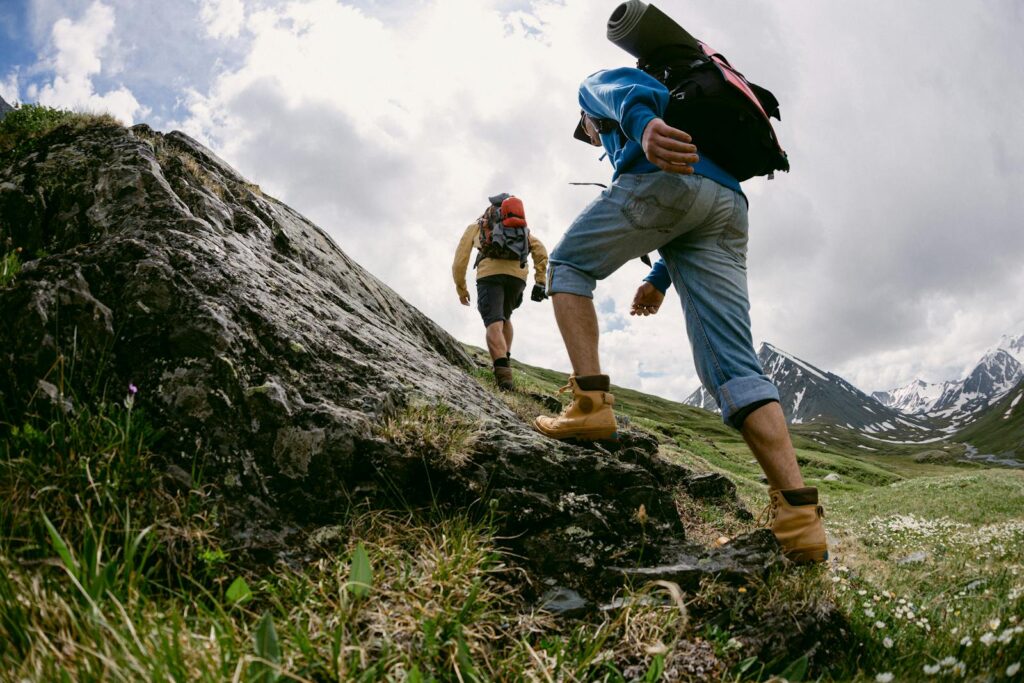
International trails often present physical challenges that differ significantly from your local hiking terrain. Begin a focused training program at least three months before departure, gradually increasing both distance and elevation gain to match what you’ll encounter. If you’re heading to high-altitude destinations like Peru or Nepal, incorporate specific training to improve your aerobic capacity, as no physical preparation can fully prevent altitude sickness. Include exercises that strengthen the muscle groups most challenged by your destination’s terrain—steep descents in the Alps require strong quadriceps, while rocky terrain demands ankle stability. Simulate conditions you’ll face by training with the exact pack weight you’ll carry and wearing the boots you’ll use on your trip. Consider adding stress-testing elements to your training hikes, such as hiking in light rain or during warmer parts of the day, to identify potential issues before you’re in a foreign country.
Gear Considerations: Packing Smart for Foreign Trails
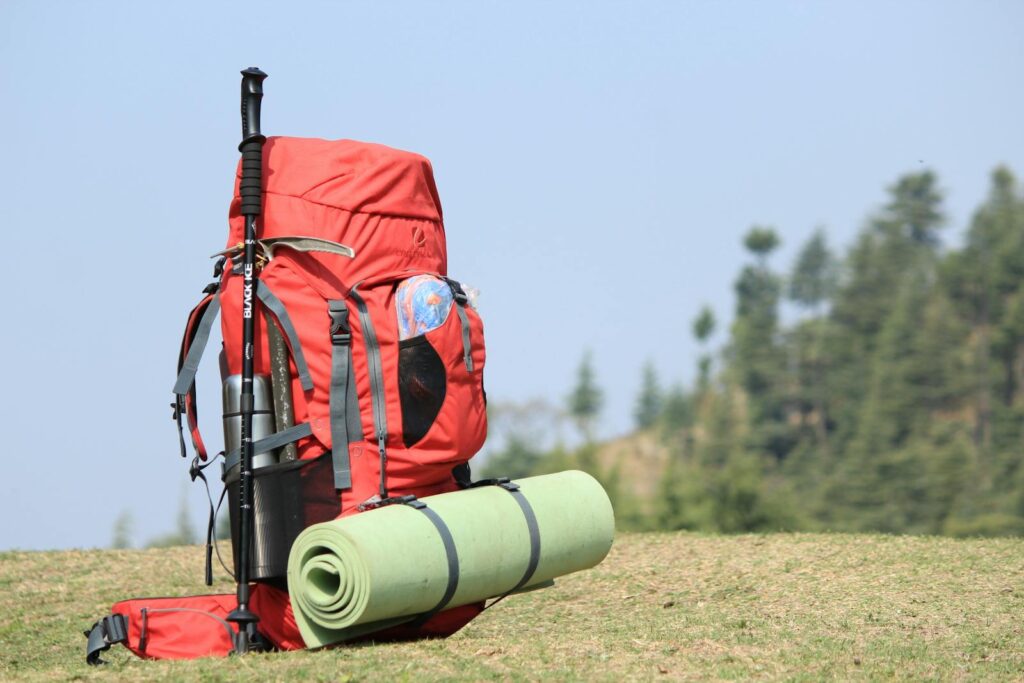
International hiking demands strategic gear selection beyond your standard packing list. Research the specific conditions of your destination trails—Alpine paths often have different surface characteristics than North American trails, potentially affecting your footwear choice. Consider voltage differences when packing electronics; bring appropriate adapters and be aware that some remote regions have limited charging opportunities. Weather-appropriate gear becomes even more critical when you’re far from home; bring layers that address the full range of conditions you might encounter, not just the average. Pack a small repair kit with multi-purpose items like duct tape, zip ties, and a multitool, as familiar replacement parts may be unavailable. Be particularly strategic about medications and first aid supplies—certain over-the-counter medications available at home may require prescriptions abroad or be completely unavailable. Remember that some gear items like trekking poles and pocket knives can cause issues when flying and may need to be checked rather than carried on.
Communication Strategies: Overcoming Language Barriers

While English is widely spoken in many international hiking destinations, relying solely on your native language limits both safety and cultural experiences. Learn essential hiking-specific phrases in the local language—terms for asking directions, describing emergencies, and basic courtesies can make a significant difference. Download offline translation apps like Google Translate with the relevant language packs before departure. Consider carrying a small physical card with key phrases written in both languages. Communication extends beyond verbal language—familiarize yourself with local trail marking systems, which vary dramatically across countries (painted rocks, colored blazes, cairns, or wooden signs all serve as navigation aids in different regions). Prepare for potential digital communication gaps by understanding mobile coverage in your hiking area and considering options like satellite communicators or personal locator beacons for remote regions where cell service is nonexistent.
Food and Water Safety: Navigating New Norms

Water and food safety standards vary significantly across international hiking destinations, requiring additional preparation compared to domestic trips. Research the potability of tap water in your destination country, including rural areas where standards may differ from cities. Invest in a reliable water purification system suited to the specific contaminants present in your destination—while a simple filter might suffice in some regions, others may require protection against viruses or chemical pollutants. Understand the food availability along your route; some European long-distance trails pass through villages daily, allowing hikers to purchase fresh food, while other international routes require complete self-sufficiency. Familiarize yourself with safe food practices for the region, including whether fresh produce needs special cleaning or if certain local dishes present higher risk for travelers. Pack emergency food supplies even if you expect regular access to meals, as unexpected trail closures or transportation disruptions could extend your time between resupply points.
Navigation Challenges: Beyond Your Favorite Hiking App
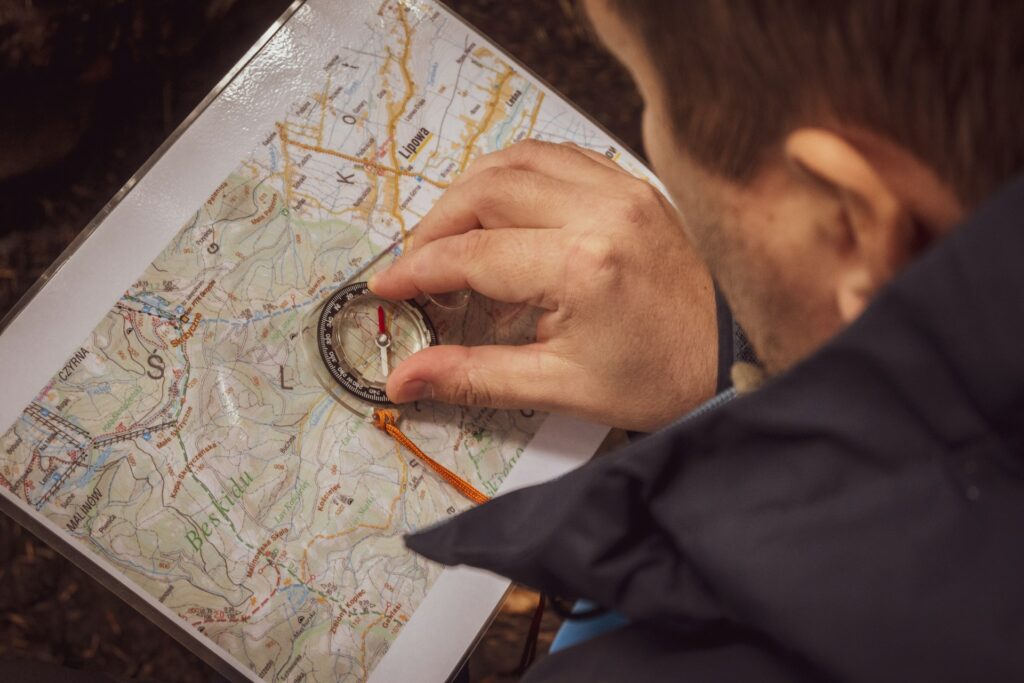
Navigational tools and techniques that serve you well domestically may prove inadequate or incompatible internationally. Many popular hiking apps have incomplete coverage outside their country of origin, while others may not function without cellular data. Download offline maps for your entire route plus surrounding areas, and bring redundant navigation tools including physical maps and a compass. Familiarize yourself with how trails are marked and named in your destination country—many European countries use numerical or colored systems rather than trail names, while some Asian destinations may have signage exclusively in local scripts. GPS coordinates are nearly universal, so record key waypoints in this format before departure. International hiking often involves more complex transportation connections to reach trailheads; pre-download transportation apps and save offline directions to avoid confusion when arriving. Remember that in some countries, trails frequently cross private property where right-of-way traditions differ from what you may be accustomed to.
Cultural Awareness: Hiking with Respect and Connection
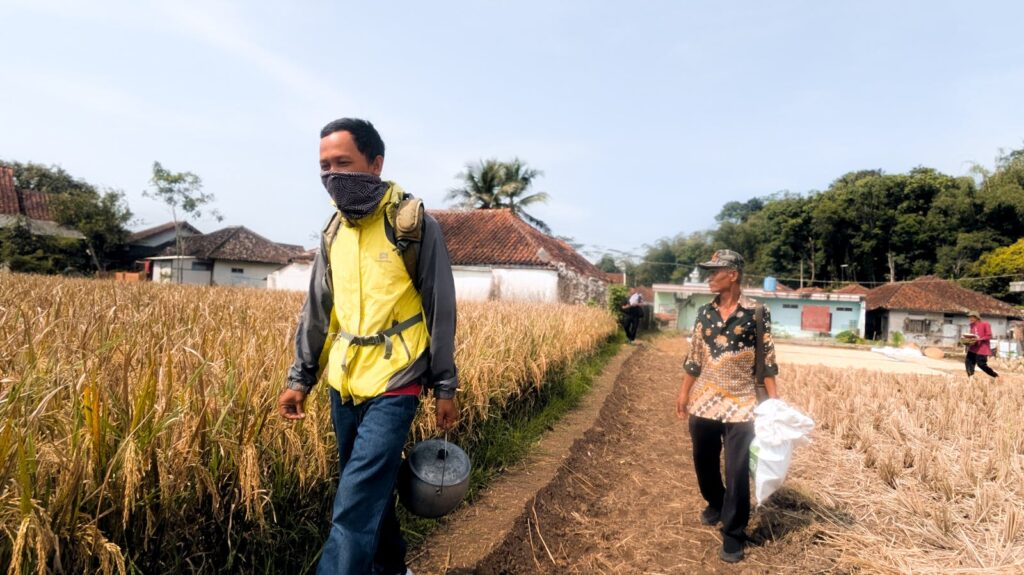
Understanding and respecting local customs transforms an international hiking trip from a mere physical challenge to a meaningful cultural exchange. Research appropriate trail etiquette for your destination—in Japan, for example, hikers often carry out all trash including food scraps, while in parts of Europe, it’s customary to greet every hiker you pass. Sacred sites along trails require particular sensitivity; in many regions, natural features like mountains or water sources hold religious significance that may not be immediately apparent to foreign visitors. Learn about environmental ethics specific to your destination, as conservation philosophies differ globally. Dress appropriately for the cultural context, particularly when trails pass through rural communities where traditional values may prevail. Showing respect for local customs often opens doors to meaningful interactions—local hikers may share valuable trail information or even hospitality when they see visitors making sincere efforts to honor their cultural norms.
Safety Protocols: When Help Is Far Away
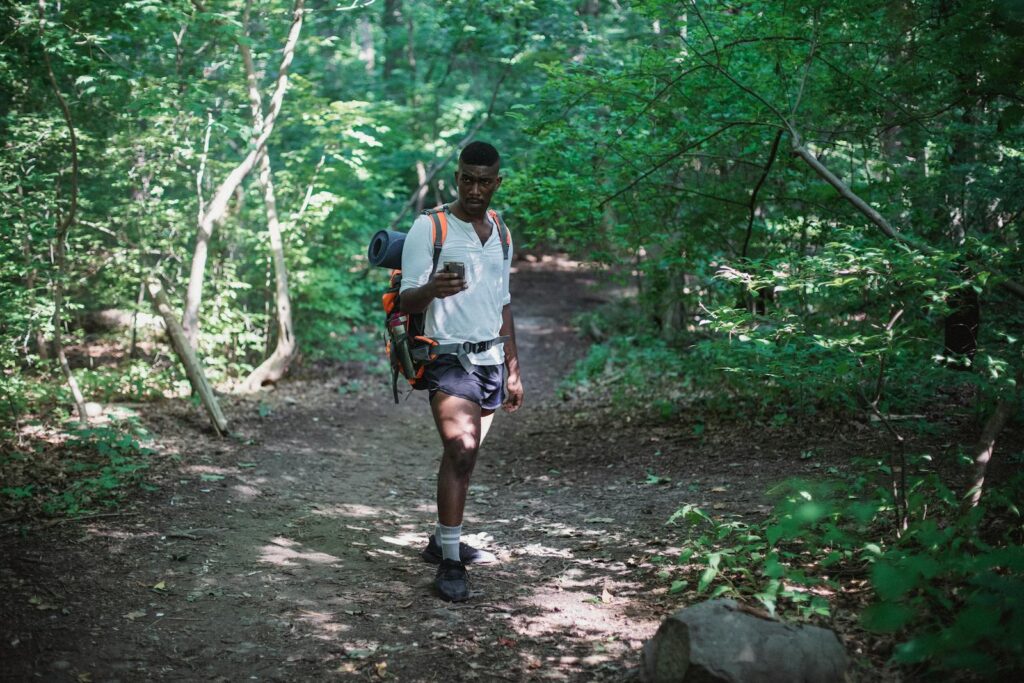
Emergency response systems vary dramatically between countries, requiring additional safety planning for international hikers. Research and save local emergency numbers—the universal 911 doesn’t work in most countries, with many using different numbers for police, medical, and rescue services. Understand how mountain rescue operates in your destination; while some European countries offer highly organized, helicopter-equipped rescue services (sometimes requiring membership or insurance), other regions have limited resources with potential response times measured in days rather than hours. Create a detailed itinerary that you share with contacts both at home and in your destination country, including expected check-in times and actions to take if you don’t report in. Familiarize yourself with symptoms of region-specific medical concerns like altitude sickness, tropical diseases, or hazardous wildlife encounters. Consider hiking with a satellite communication device even in areas where you expect cell coverage, as remote regions often have surprising communication dead zones.
Post-Trip Integration: Bringing the Experience Home

The conclusion of your international hiking journey marks the beginning of integrating valuable lessons into future adventures. Dedicate time after returning to review what worked well and what you’d change for your next international trek—consider gear that proved unnecessary, preparation steps that paid off, and situations where you wished you’d planned differently. Document your experiences beyond just photographs; record trail conditions, transportation logistics, and cultural insights that rarely appear in guidebooks but would benefit fellow hikers. Consider how techniques or approaches you observed abroad might improve your domestic hiking practices. Many international hikers find themselves permanently changed by exposure to different trail philosophies and outdoor ethics. Maintain connections with locals or fellow hikers you met abroad; these relationships often evolve into valuable resources for future trips or even lasting friendships that transcend geographical boundaries.
Conclusion: The Transformative Power of International Trails
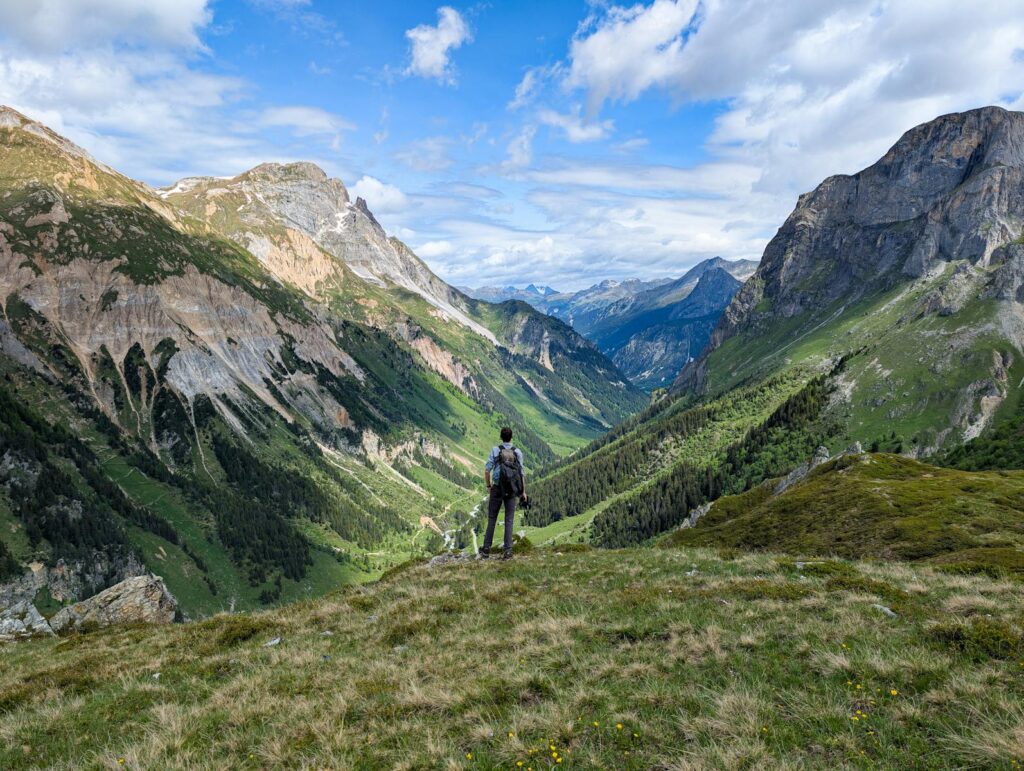
Your first international hiking trip represents far more than simply walking trails in a foreign country—it’s an opportunity to experience landscapes, cultures, and personal growth in ways impossible to replicate through conventional tourism. The planning process may seem daunting initially, but the methodical approach outlined here transforms overwhelming complexity into manageable steps. Each international hiking experience builds your confidence and competence, making subsequent trips progressively easier to plan and execute. The unique perspectives gained from seeing a country through its trail systems—meeting locals away from tourist centers, experiencing landscapes at walking pace, and challenging yourself in unfamiliar environments—create memories and insights that remain long after you’ve returned home. As you take that first step on foreign soil, remember that the most meaningful journeys often begin where certainty ends, and the trails that test us most thoroughly often reward us most profoundly.

